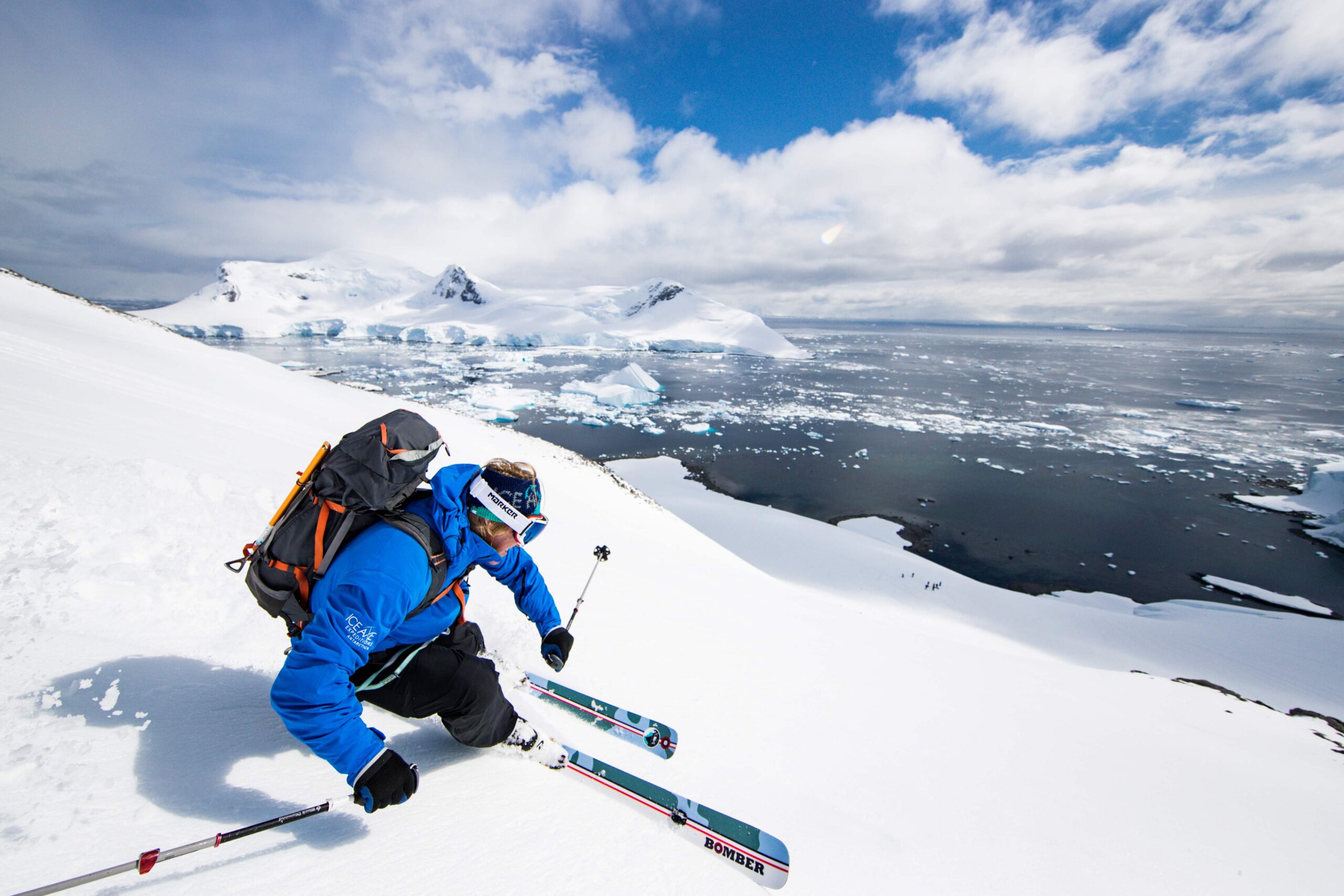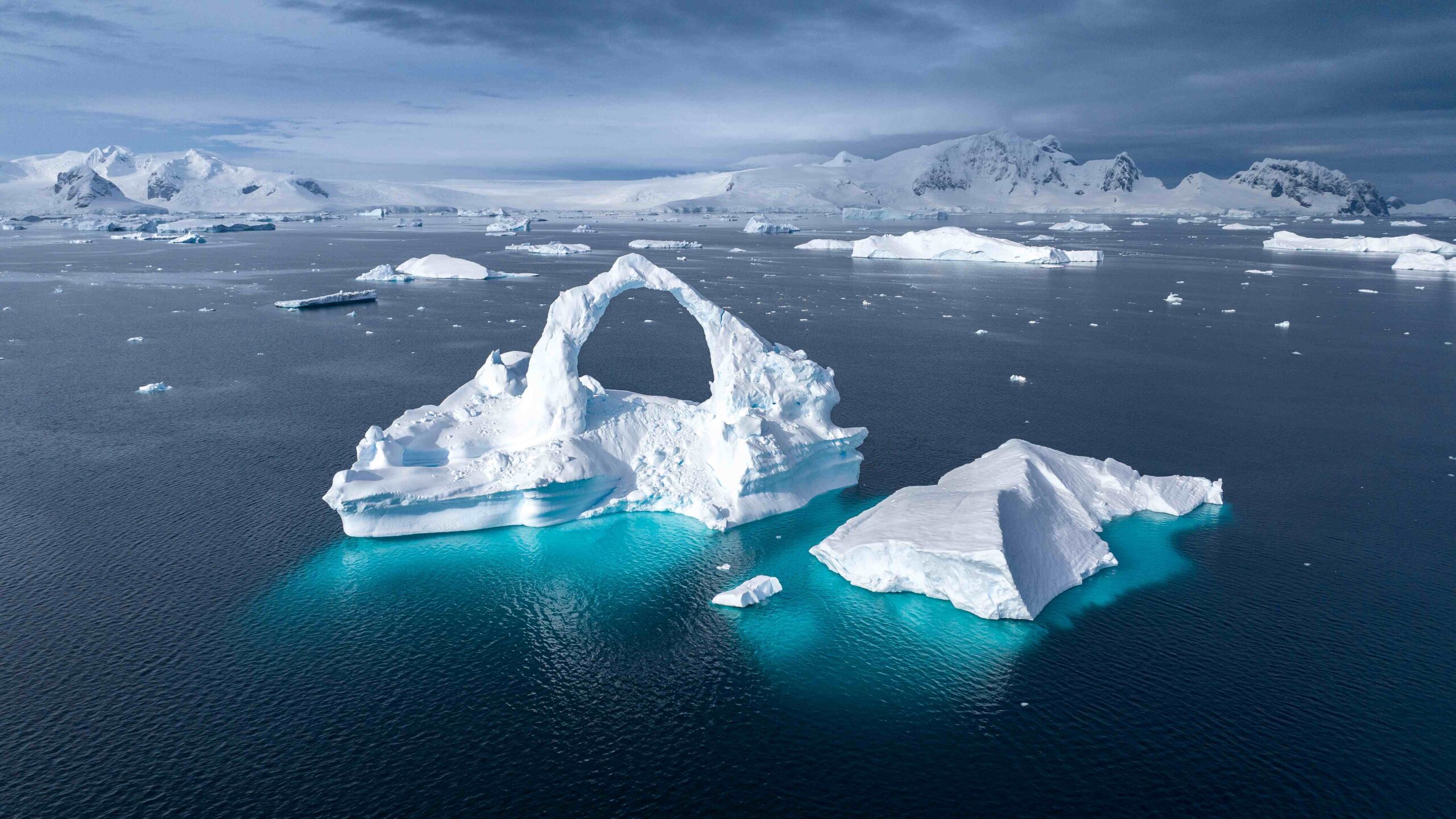Antarctica is a place of extremes, where the seasons’ cycles dramatically shape the landscape and wildlife. For those considering a journey to one of the world’s most exciting destinations, it’s important to understand these cycles, because each month of the Austral Summer brings with it different opportunities and offers a unique experience for any traveler, from skiers to photographers to wildlife enthusiasts. No matter what draws you to the White Continent, the experienced team EYOS is involved at every step of the way, customizing each trip based on your priorities and matching you with a team of experts to guide you into the rarely visited corners of the continent. So, when is the best time for you to explore the South?
Ready to start planning your unique trip? Contact [email protected] to uncover the hidden corners of this awe-inspiring continent.
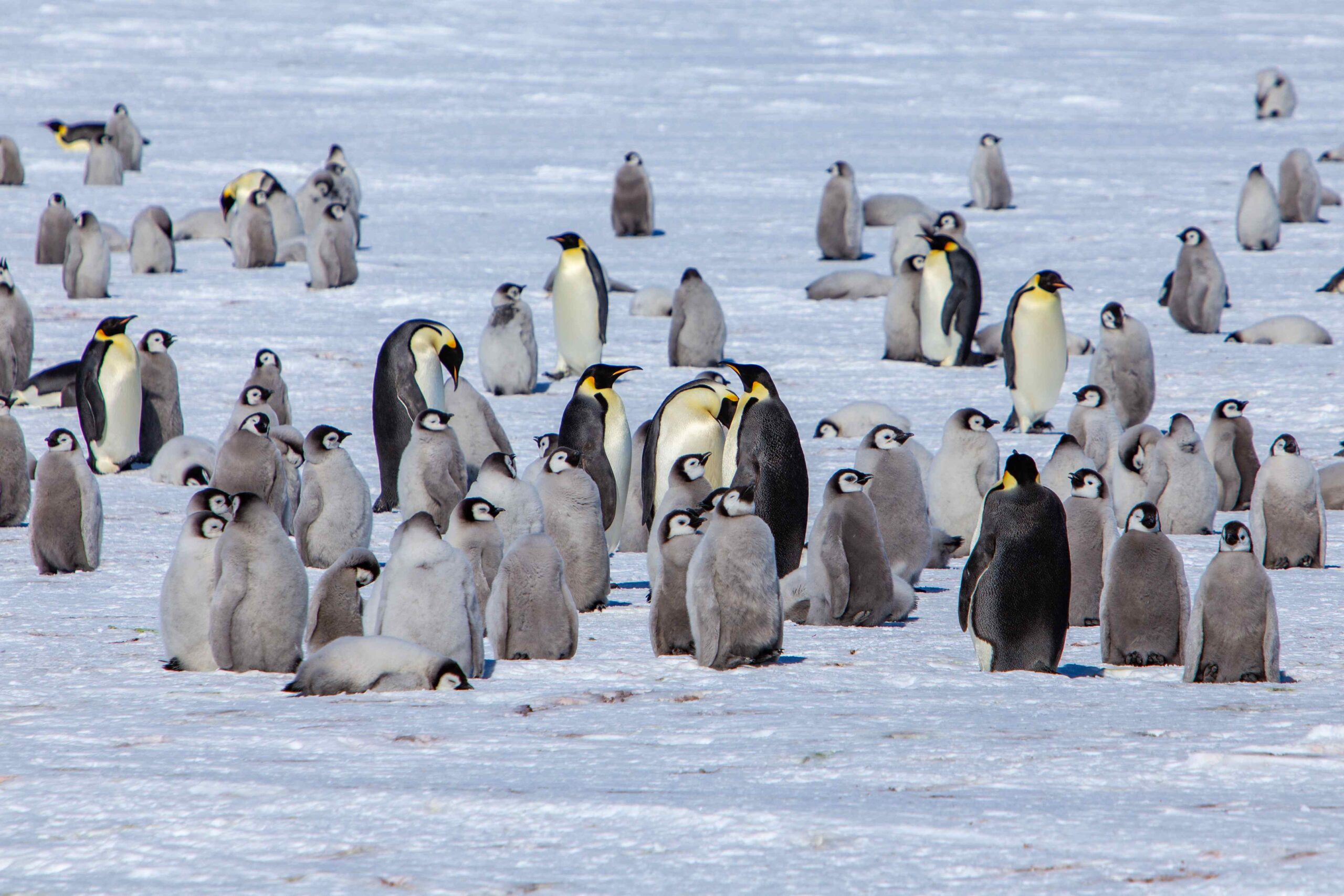
-
November & December: The Season of New Beginnings
November and December mark the start of the Antarctic (or Austral) summer, when the continent awakens under the midnight sun. Ice begins to break apart, and the early summer light casts a surreal glow across the vast ice fields. Penguin colonies are a flurry of activity as the birds return from months at sea, with eggs incubating and chicks beginning to hatch. Several different seal species can be spotted on the ice, and whales make their first appearances, migrating into the region’s rich feeding grounds. And most excitingly, this is the best window in which to search for Emperor penguin colonies, before these monarchs of the ice return to the sea for their multi-month journey to build up fat reserves before the winter. With EYOS, you won’t just observe these moments—you’ll be guided by a team of naturalists, scientists, and polar divers who provide unparalleled insights into the wildlife and landscapes.
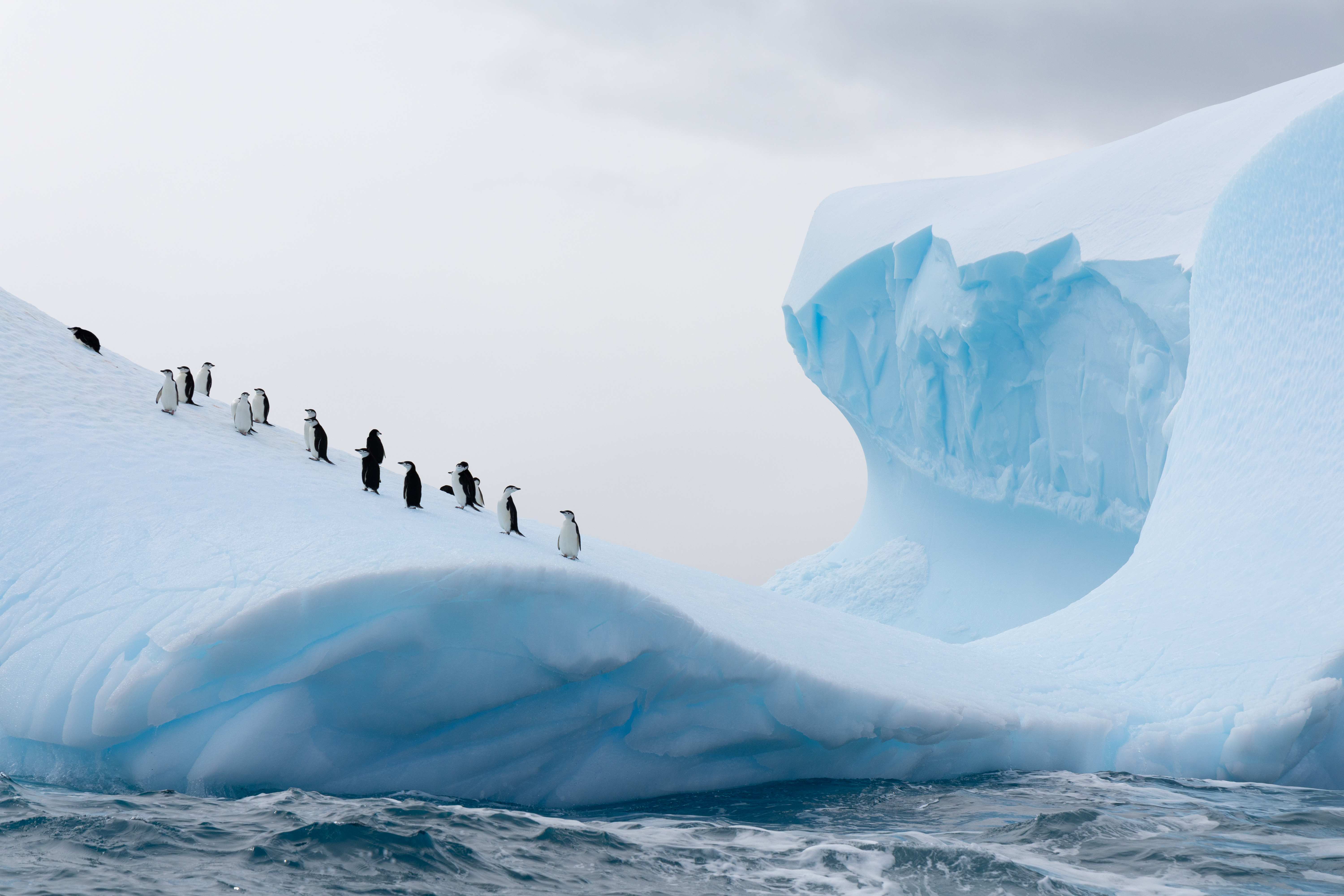
-
January: Antarctica in Full Swing
By January, the height of summer has arrived, bringing warmer temperatures and a bustling wildlife spectacle. Penguin chicks have hatched and are growing, meaning the colonies are alive with noise and energy. By this time you can reliably see adults and juveniles of each of the major Antarctic penguin species, including Gentoo, Chinstrap, and Adelie penguins. Humpback and Minke whales continue to feed in the nutrient-rich waters, while leopard seals prowl the ice edges. What is more, receding sea ice conditions create an ideal time to venture into the pristine Ross Sea, a region rarely visited by traditional operators. With EYOS’ fully customizable itineraries, your experience can be tailored around your specific interests, whether you’re a wildlife enthusiast or an adventurer seeking untrodden paths. And while many travelers stick to the Peninsula, EYOS can take you to the more isolated parts of the continent, giving you an exclusive look at a side of Antarctica few will ever see.
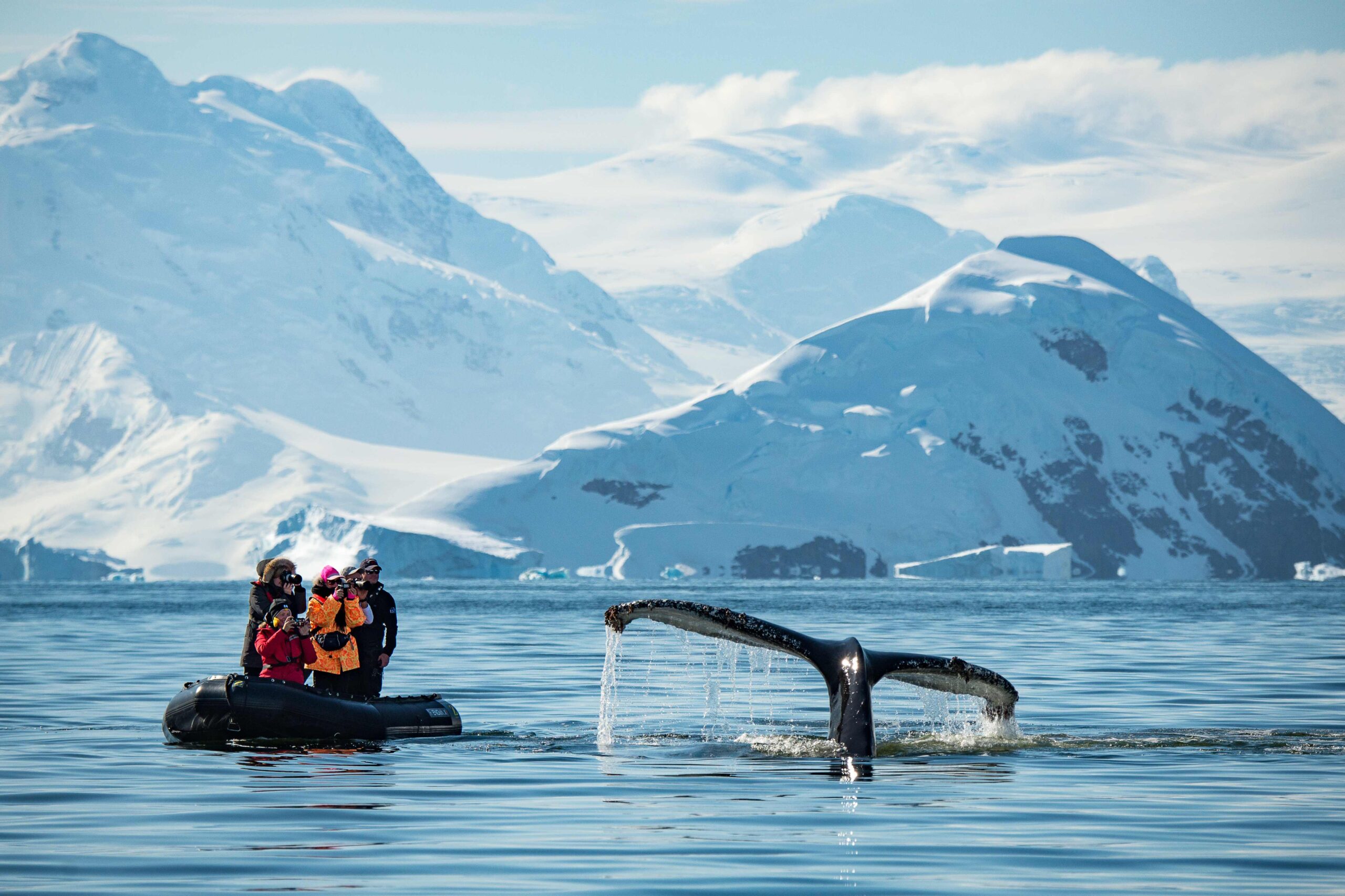
-
February: Whale Watching Wonderland
In February, the Antarctic summer reaches its peak. This is the ultimate month for whale watching, with orcas, humpbacks, and even the elusive blue whale spotted in the region’s waters, taking advantage of the extended sunlight and the boosted productivity in the cold waters. Penguin chicks are beginning to molt, and seals continue to lounge on the ice floes. On board EYOS vessels, a team of experts will guide you through these encounters, providing insights into the complex marine ecosystems at play and how they are changing in front of your eyes. EYOS’ personalized approach means that whether you’re an underwater photographer or simply want to witness the majesty of these animals up close, your itinerary will be customized to maximize your experience. For the adventurous, February is also an ideal time for more extreme pursuits, such as ski touring or trekking across the Antarctic interior.
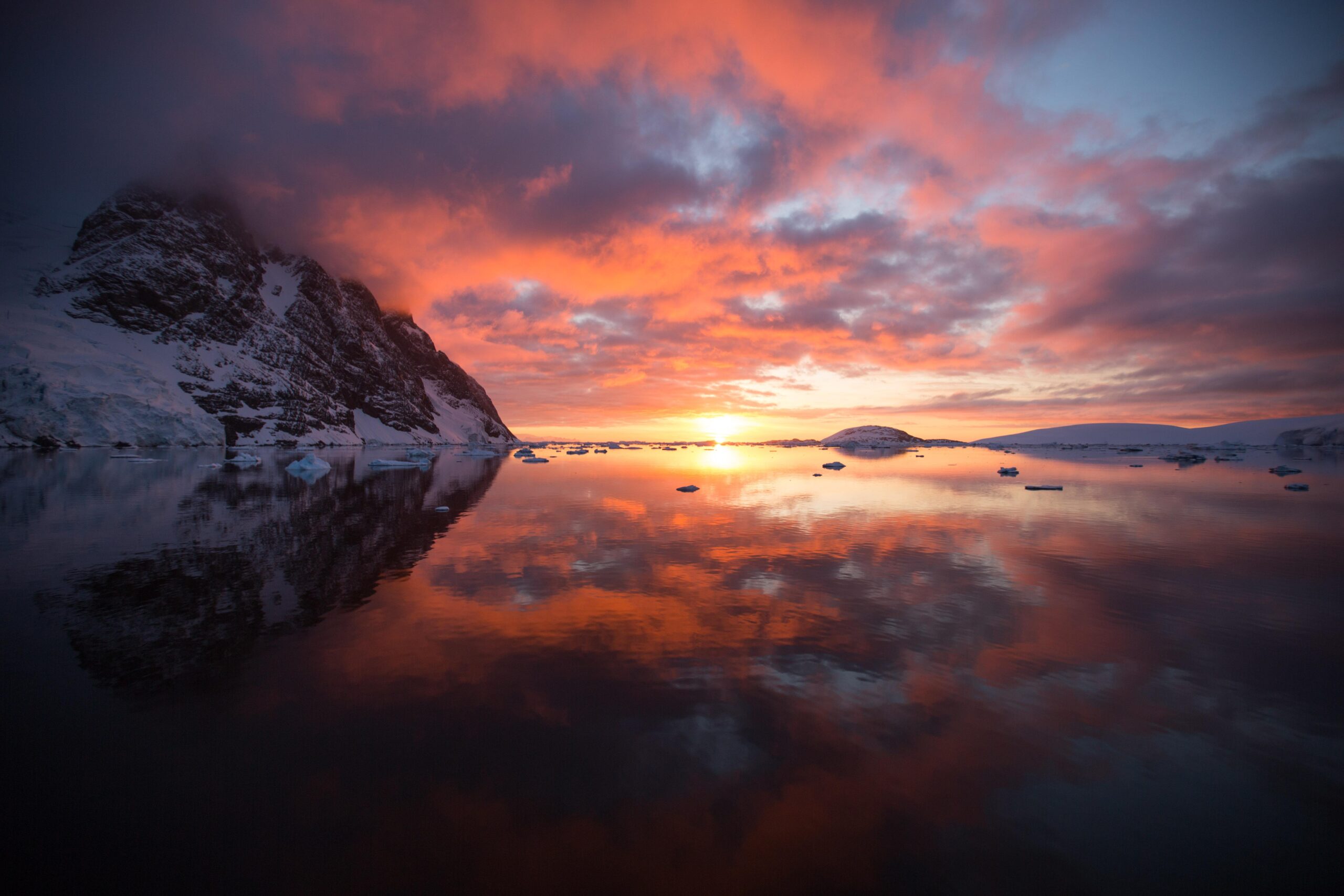
-
March: A Time for Serenity and Solitude
As the summer season draws to a close in March, Antarctica becomes quieter, offering a more serene, intimate experience. The penguin colonies begin to thin out as they return to sea, but seals and whales are still present, feeding in preparation for their northward migration. The golden light of the late summer sun creates perfect conditions for photography, casting a soft glow across the icy landscape. With fewer tourists in the region, March is ideal for those seeking solitude and exclusivity. EYOS’ commitment to bespoke travel ensures that even at the tail end of the season, your journey will be designed to match your interests, whether that means venturing deep into the heart of Antarctica or simply savoring the tranquility of this untouched world.
